Building a Sales Network
Posted by: Chad Williams 11 years, 10 months ago
As a business developer / Sales person one of the most important things I do day in and day out is build and correspond with my network. The more times I can put my name and the name of my company in front of my network, the more likely they are going to be thinking of me and the company when a potential project comes around.
Actionable Analytics
Posted by: Jessica Wilson 11 years, 10 months ago
It's a known fact that everything generates some form of data. It's also common knowledge that the usefulness of the data depends on the purpose behind it's collection. Whether it's finding out information about someone or something, such details can carry a multitude of connotations. Thus, the need for analytics. Such services can confirm or negate suppositions. And in the case of actionable analytics, they show companies possible steps to take.
Python in Portland
Posted by: Jessica Wilson 11 years, 11 months ago
 All software development companies are always on the lookout for the best resources to accomplish their goals. In many cases, Python has become one of those tools. A Google search for developer positions certainly yields multiple requests for experience in Python. Why? What's the draw? Python is known for a design that emphasizes code readability with fewer lines of code than other languages. Thus, a developer can work more quickly and efficiently within a safe and secure language. And that's only skimming the surface of what Python is/can do. As such, the prevalence of this open source language has spread across the world including in Portland, Oregon.
All software development companies are always on the lookout for the best resources to accomplish their goals. In many cases, Python has become one of those tools. A Google search for developer positions certainly yields multiple requests for experience in Python. Why? What's the draw? Python is known for a design that emphasizes code readability with fewer lines of code than other languages. Thus, a developer can work more quickly and efficiently within a safe and secure language. And that's only skimming the surface of what Python is/can do. As such, the prevalence of this open source language has spread across the world including in Portland, Oregon.
Mobile Apps Strategy
Posted by: Jessica Wilson 12 years ago
Think of as many mobile apps as you can. Now take that number and multiply it by... well, you get the point. There are so many apps on the market these days, it can be intimidating. But is it really any wonder given the ever increasing popularity of mobile devices? Different mobile platforms also come along with the various devices in existence today. This can pose a challenge. Consider that there are multiple types of apps that enable different capability and functionality depending on the platform they encounter. Think native and hybrid apps.
Less Color Generator
Posted by: Eddie Ferrer 12 years ago
Computers love repetition and it can be a time consuming task to start a project with the same process time after time. A common solution to this is to have the computer generate repeating patterns for you. This technique is called Automatic programming. HTML and CSS involve a lot of repeating patterns, and LESS is a tool that makes generating CSS a lot easier. So what happens when you want to make LESS faster? Introducing "Less Colors"!
Categories
- Services (17)
- Techniques (19)
- Technology (16)
- Business (8)
- Programming (12)
- People (1)



